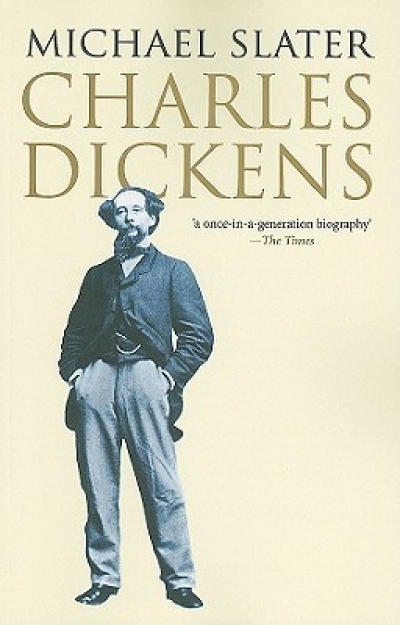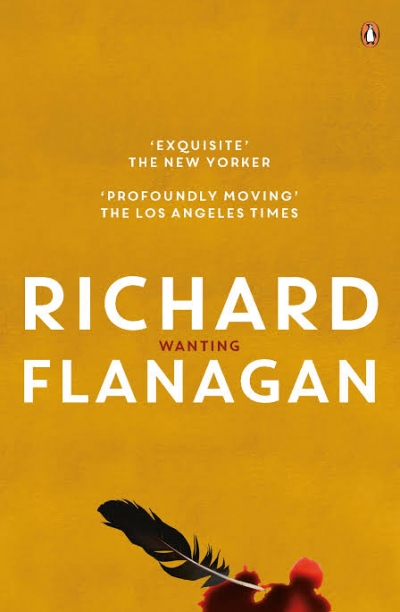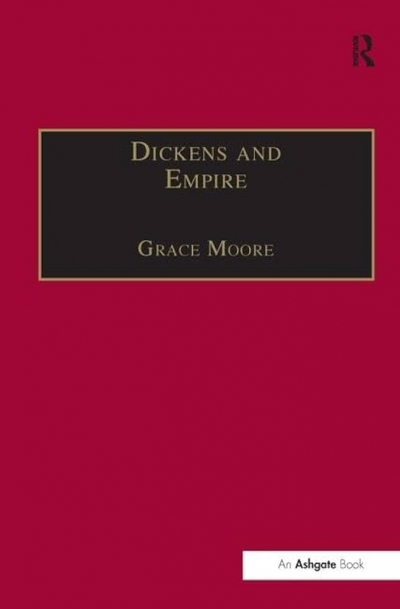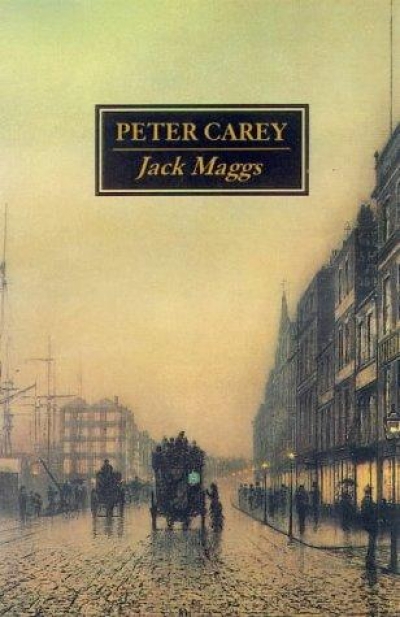Charles Dickens
Writing a matter of hours after Charles Dickens’s death on 9 June 1870, an obituarist for The Times of London remarked, ‘The story of his life is soon told’. The publication of Dickens’s friend John Forster’s Life of Charles Dickens between 1871 and 1874 soon gave the lie to these words, revealing a far more complex and damaged Dickens than the reading public had ever suspected this novelist, journalist, actor, social reformer and bon viveur to be. Since the 1870s thousands of pages have been devoted to scrutinising the life of the self-styled ‘sparkler of Albion’, including G.K. Chesterton’s Charles Dickens: A critical study (1906), Edgar Johnson’s magisterial Charles Dickens: His tragedy and triumph (1952) and Claire Tomalin’s superbly readable account of Dickens’s infatuation with his mistress, Ellen Ternan, The Invisible Woman (1991).
... (read more)For the inhabitants of mainland Australia, ‘history’ is often complicated by the sheer fact of geography. Instead of one central node, European colonisation expanded from multiple centres, each isolated in space and founded on differing socio-political premises over staggered periods of time, and each with populations too various in background to allow much in the way of agreement about some völkisch collective past.
... (read more)Dickens and Empire: Discourses of class, race and colonialism in the works of Charles Dickens by Grace Moore
When we think of Charles Dickens, we think of London – not the imagined medieval London of William Morris, ‘small, and white, and clean’, but the contemporary London Morris described as among the ‘six counties overhung with smoke’. For Christopher Koch, in Crossing the Gap (1987), the London of his imagination was full of ‘rooms where great fires blazed in open fireplaces’. He saw it this way because ‘Mr Pickwick had warmed his coat-tails before such fires’. We know, of course, that there are plenty of other English localities in Dickens’s novels, such as the memorable marshes in Great Expectations (1860–61). We even remember that parts of his novels are set in other countries altogether, such as the American scenes of Martin Chuzzlewit (1843–44) and the Marseilles setting at the beginning of Little Dorrit (1855–57). Yet if we think of the quintessential Dickens setting, it is to London that we turn.
... (read more)Peter Carey has constructed a labyrinth. Let me gropingly try to lead you through it. The year is 1837. A convict, transported to New South Wales for the term of his natural life, returns to London intent on finding the boy who years before did him a kindness. The boy, Henry Phipps, has grown up a gentleman ...
... (read more)




